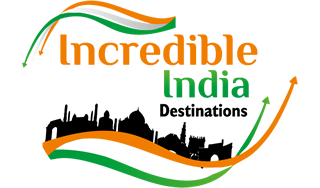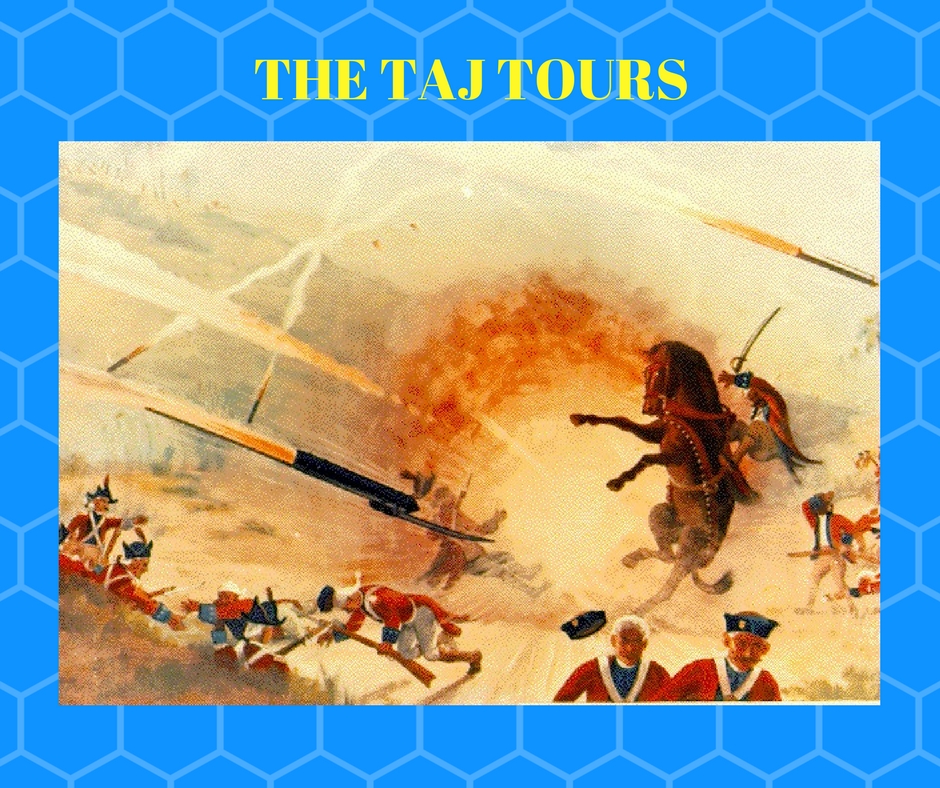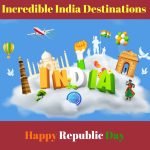Important lessons NASA Scientists learned from Tipu Sultan
To know what Important lessons Nasa Scientists learned from Tipu Sultan, you need to begin from:
EARLY LIFE OF TIPU SULTAN
Tipu Sultan also known as the Tiger of Mysore, was a ruler of the Kingdom of Mysore. He was the eldest son of Sultan Haidar Ali of Mysore. Being illiterate, Hyder gave his eldest son good education and also an early exposure to military and political affairs. From the age of 17, Tipu was given independent charge of important diplomatic and military missions. He was his father’s right arm in the wars due to which Hyder emerged as the most powerful ruler of southern India.
At age 15 years, he accompanied his father against the British in the First Mysore War in 1766. He commanded a corps of cavalry in the invasion of Carnatic in 1767 at age 16. He also distinguished himself in the First Anglo-Maratha War to Forth Anglo Maratha War. His early education and military training gave an insight into the Rocket Science. It was before experimented by Hyder Ali, when he commanded a rocket platoon of 50 in the army of the Nawab of Arcot, before coming to Mysore and seizing power from the Wodeyars dynasty.
Important lessons NASA Scientists learned from Tipu Sultan
INVENTION OF ROCKET SCIENCE
Roddam a famous historian analyzed Tipu and Hyder Ali’s major contributions to rocketry. He noted that they used metal casing for the rockets, instead of the then prevalent bamboo and paper casings. Such metal rockets could travel up to 2 Kilometers, a huge increase in its range and had also greater carrying capacity.
Later, Tipu, allowed them to use sword blades tied to the rockets, and to stabilize their flight, much in the same way we use a long stick in our Diwali rockets. Such swords also served as dangerous weapons, when they landed among the enemy soldiers. Such rockets were particularly useful against massed cavalry and infantry charges. Tipu had built a huge number of rockets and used massed rocket attacks in his battles against the British. In Tipu’s 1780 battle in Pollilur (Second Anglo Mysore War), such rocket attacks played a key role in the defeating British.
Important lessons NASA Scientists learned from Tipu Sultan
For the British too this Rocket science was new and Tipu Sultan thus became the sore enemy of the British. On the other hand Tipu strengthen his relations with the French. In order to support French’s national movement, he joined Jacobian club and planted a tree of liberty at his capital Seringapatam.
HOW TIPU’S ROCKET SCIENCE REACHED EUROPE AND AMERICA
After Tipu’s defeat in the 4th Anglo Mysore War, the British carried away a large number of unused rockets to England, where William Congreve subjected them to a scientific study. Congreve then headed the Royal Laboratory at Woolwich Arsenal (the original home of the Arsenal Football Club).
He found that the Mysore rockets had much greater range than any found in Europe. It was Congreve’s research – reverse engineering as we would call it today and further development that lead to the use of rockets by the British against the French in the Napoleonic wars, and later against the Americans. Two such rockets that were carried back by the British from Seringapatam, are on display in the Royal Artillery Museum in Woolwich.
Important lessons NASA Scientists learned from Tipu Sultan
Later, the scientists from NASA too did a lot of research on Rocket science of Tipu. With the help of advance science and technology, they were able to master this science. Even today in the painting of Tipu’s army using rockets is at the Wallops Flights Facility at Wallops Island in East coast, Virginia. This place was the base for NASA’s sounding rocket program.
Dr APJ Abul Kalam once said after visiting NASA that “Here I saw a painting prominently displayed in the reception lobby. It depicted a battle scene with a few rockets flying in the background. A painting with this theme should be the most common place thing at a flight facility, but the painting caught my eye, because the soldiers on the side launching the rockets were not white but were dark skinned, with racial features found in South Asia. It turned out to be Tipu Sultans army fighting the British. The painting depicted a fact forgotten in Tipu’s own country but commemorated here on the other side of the planet”.
Read More……




